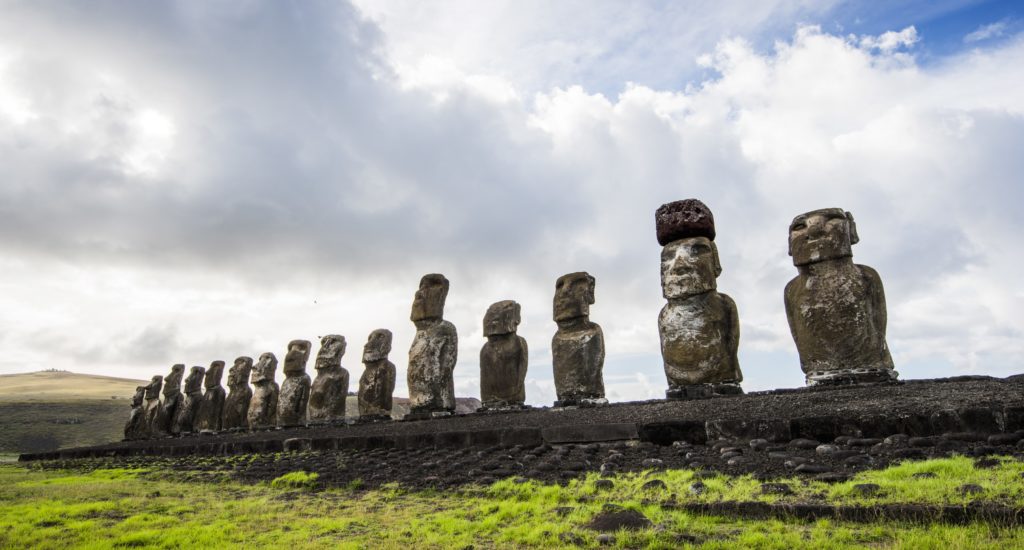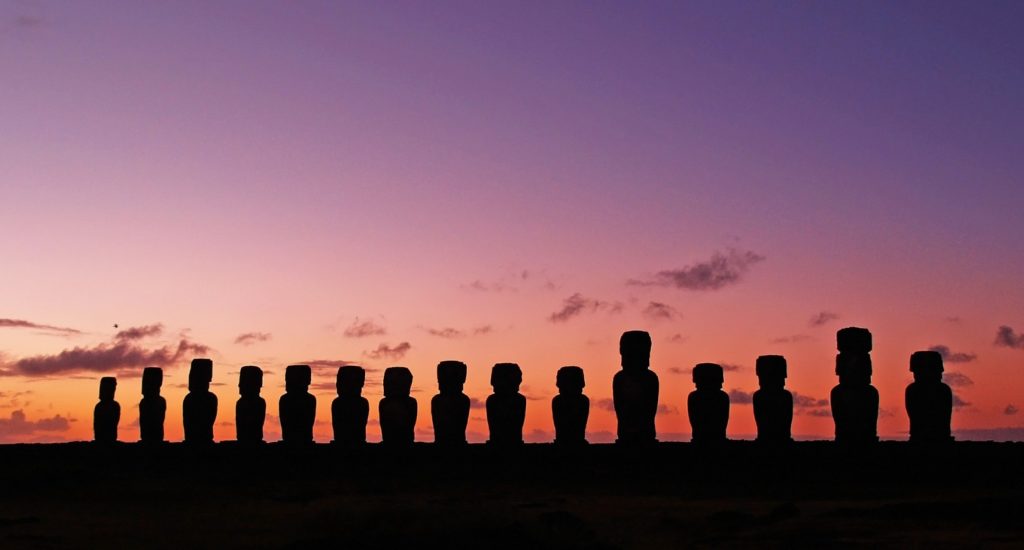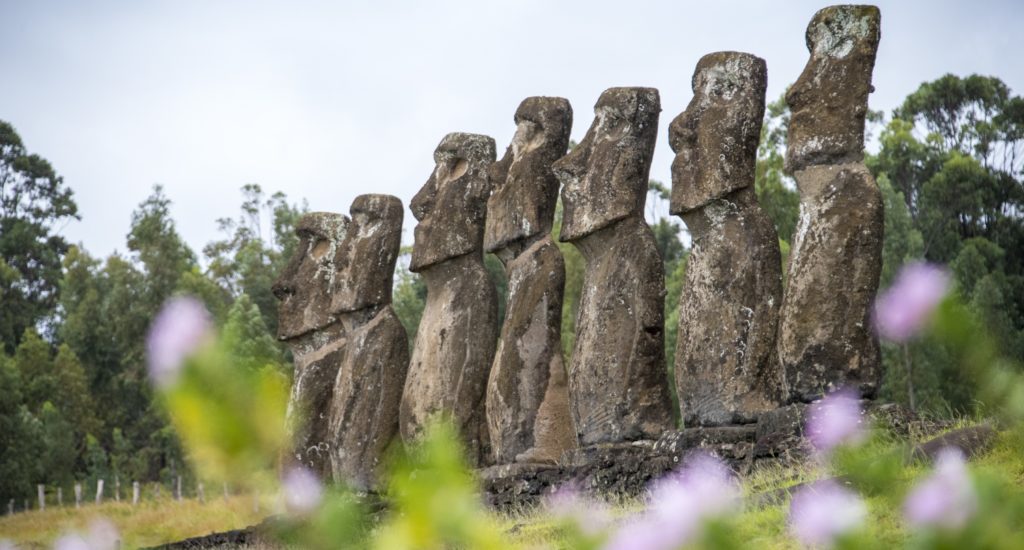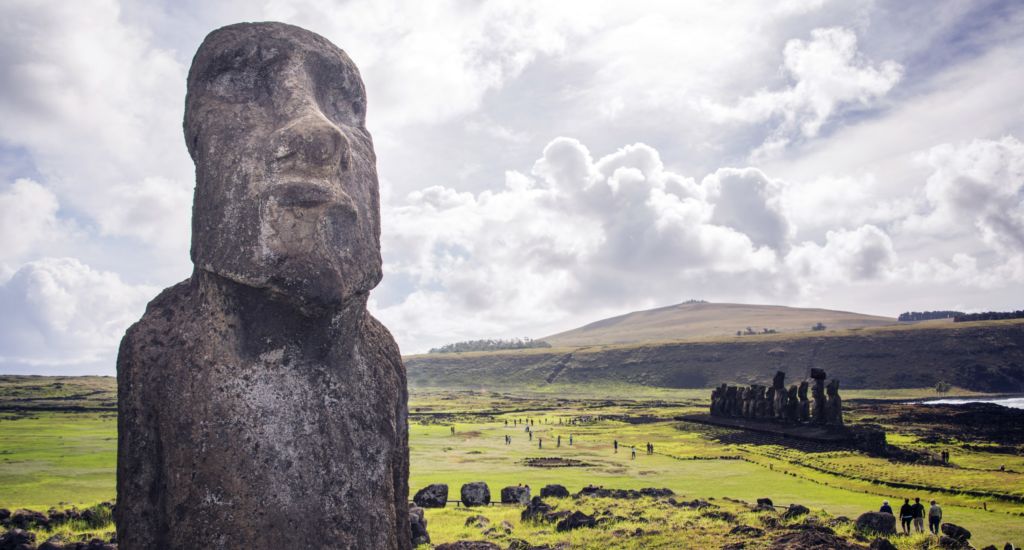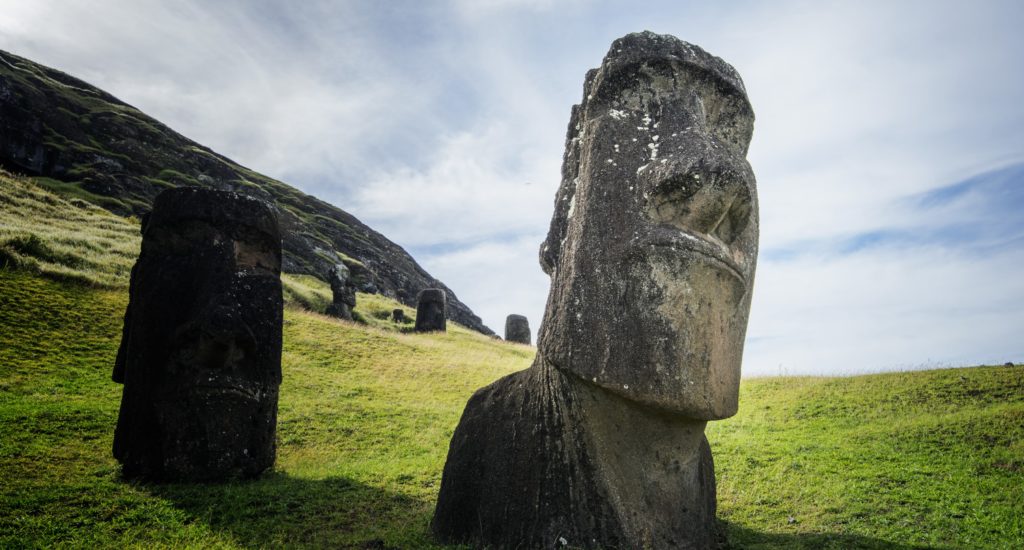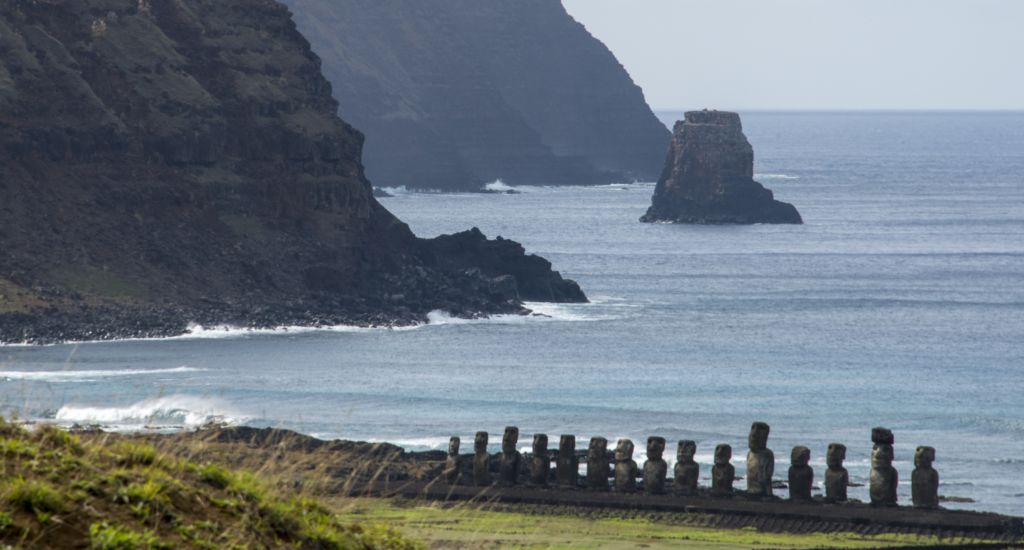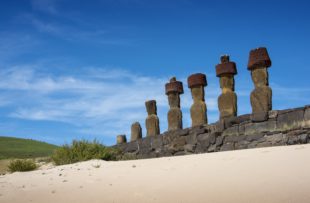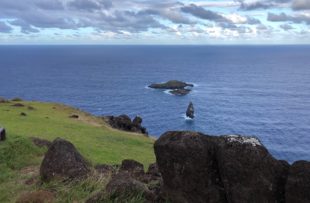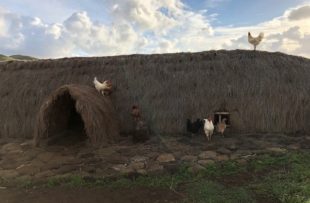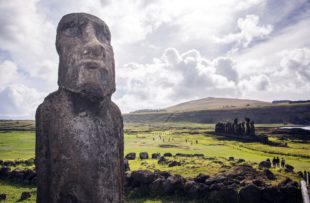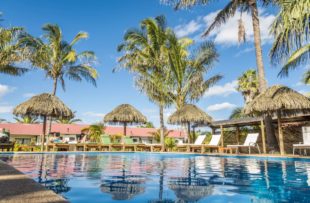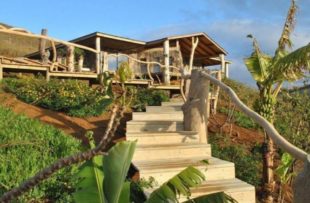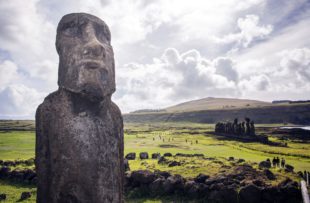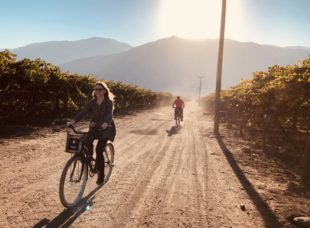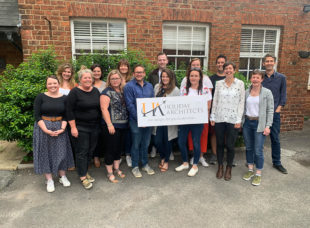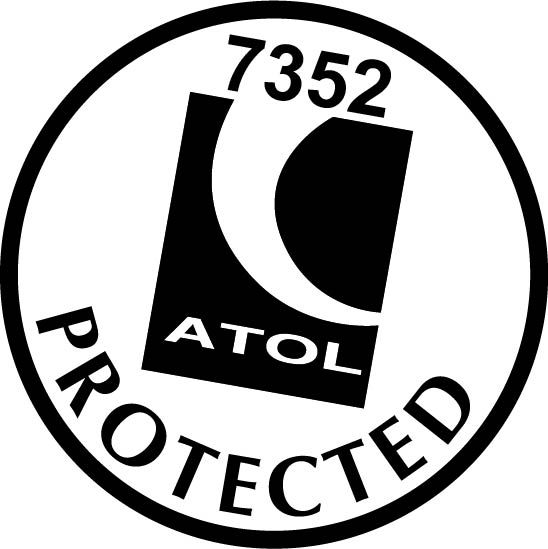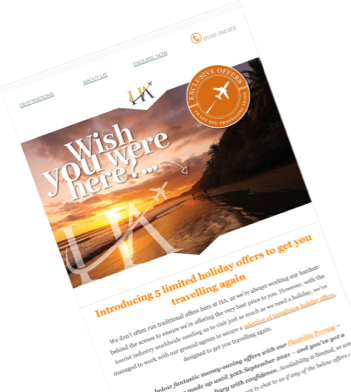With an unusual blend of both Polynesian and Spanish influences, stepping foot upon the remote Chilean territory of Easter Island feels more like you’ve landed on a different planet than another country! Known as Rapa Nui by its earliest inhabitants, tiny Easter Island was ‘discovered’ and renamed by Dutchman Jacob Roggeveen on Easter Sunday, 1722. Roggeveen’s brief visit documented the earliest recording of the existence of the colossal Moai heads that tower over the rugged landscape throughout the island. While these crumbling volcanic statues may be the star attraction, they form just one part of the fascinating history of Easter Island. Extraordinary archaeological sites include stone quarries with exposed, partially carved Moai statues protruding from the ground, eerie burial sites and replica villages, which allow visitors to gain an insight into the daily lives of early settlers. Another must-see destination is the enormous volcanic crater, which offers uninterrupted views over the vast ocean.
With few exceptions, Easter Island’s 8000 inhabitants live in the small but lively town of Hanga Roa on the south-west coast. While the town itself does have a few points of interest, including a Moai of its own, a small museum and a selection of restaurants and gift shops, the majority of exploration time on the island will happen in the rural areas outside of Hanga Roa. For this reason, Easter Island is often likened to an open-air museum. In between sight-seeing, there are opportunities for relaxation, primarily on the picturesque white sand beach to the north of the island where swimming and snorkelling are possible. Bicycles are readily available to hire in Hanga Roa and the island is a manageable size to explore in a few hours by pedal power, or by foot for those who prefer to walk or hike.


